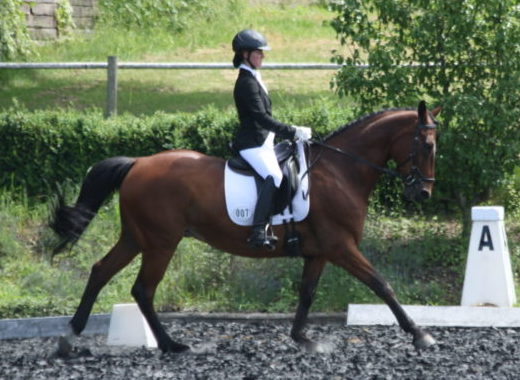10 Jun 11. Following your horse’s movement
In our last two articles, we have talked about the importance of relaxation and balance if you are to achieve an independent seat, the prerequisite for becoming the best rider you can be (Articles no 9, Relaxation and no 10, Balance revisited). The next aspect to consider is ensuring that you follow your horse’s movement in all paces, essential if you are to be able to ride in rhythm and harmony with your horse. As we have discussed before, an independent seat requires strong core muscles and loose, flexible hip joints which will allow you to be in harmony with your horse as both of your rhythms will be aligned. It is important to recognise that following your horse’s movement does not mean being a passenger or just sitting passively and, as with everything associated with riding, the ability to do so will take time to achieve as you gradually strengthen...














